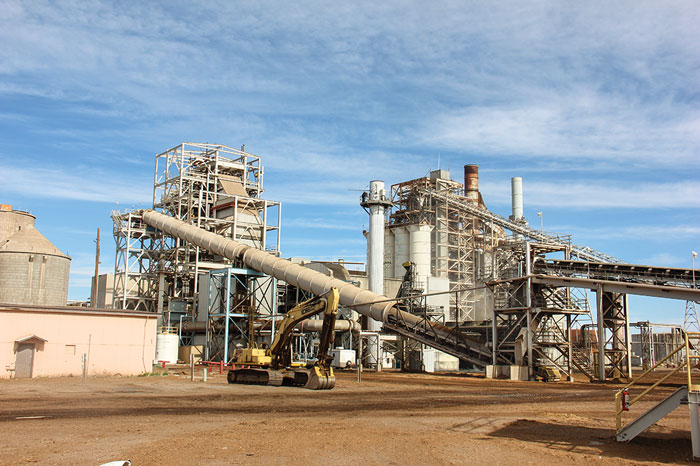Despite operating through tough market conditions the past several years, biomass power and CHP producers remain committed to the industry as a competitive player in the market and also as a solution-provider for forest health and rural jobs issues.
Even with the industry’s headwinds, biomass power is expanding. According to U.S. Energy Information Administration reports and projections, the U.S. is expected to generate 112,000 MWh per day of electricity from biomass in 2016, increasing to 118,000 MWh per day in 2017.
Looking at the current and future condition of biomass power markets, it’s hard to gain a consensus or make too many projections due to the nature of power markets in the U.S. “It can be difficult to generalize across markets because different areas and markets in the U.S. have different renewable standards and different revenue streams,” says Biomass Power Assn. President Bob Cleaves, who recently spoke with Wood Bioenergy about the past year and the future outlook for biomass power generation.
“It’s amazing what a few days of cold weather in the East can do to make natural gas prices pop,” Cleaves says of the recent cold weather fronts moving across the northern half of the U.S. “A lot of the economics of biomass around the country are tied to natural gas, and there’s no question the historical low gas prices have affected the (biomass power) industry.”
As a result, Cleaves adds, “One thing we’re not seeing is a lot of new development for biomass power right now, and there are a number of reasons for that. I think the industry has also stabilized in the sense that some facilities that have shut down are now reopening, so the industry continues to ebb and flow. And natural gas is a big component of that.”
Looking at specific regions, New England and the Northeast is a strong market for the biomass power industry, along with Midwest states such as Michigan and Wisconsin, plus the Pacific Northwest, Cleaves says.

Individual states implementing renewable energy policies are key to the biomass power industry’s development. In many cases, biomass power is utilized in pursuit of other goals, such as rural jobs or forest health issues, Cleaves says, pointing to recent developments in Maine and California as examples.
“This year (2016) saw the Maine legislature give Maine facilities a bridge contract to get them through the natural gas glut,” Cleaves says. “Another great example is that California in 2016 passed a law that requires utilities to contract with biomass power plants for a certain amount of power.” (See details, page 28.)
California’s Sierra Nevada region has forest issues that are an ecological crisis in the making due to dead and dying trees creating forest fire risk, Cleaves says. “The best place to send all that material is to biomass power plants.”
The activities in Maine and California are examples of what makes biomass power different than other energy sources, Cleaves says: “These are important developments because they show that biomass isn’t just about power—it’s also about the ancillary benefits the industry provides.”